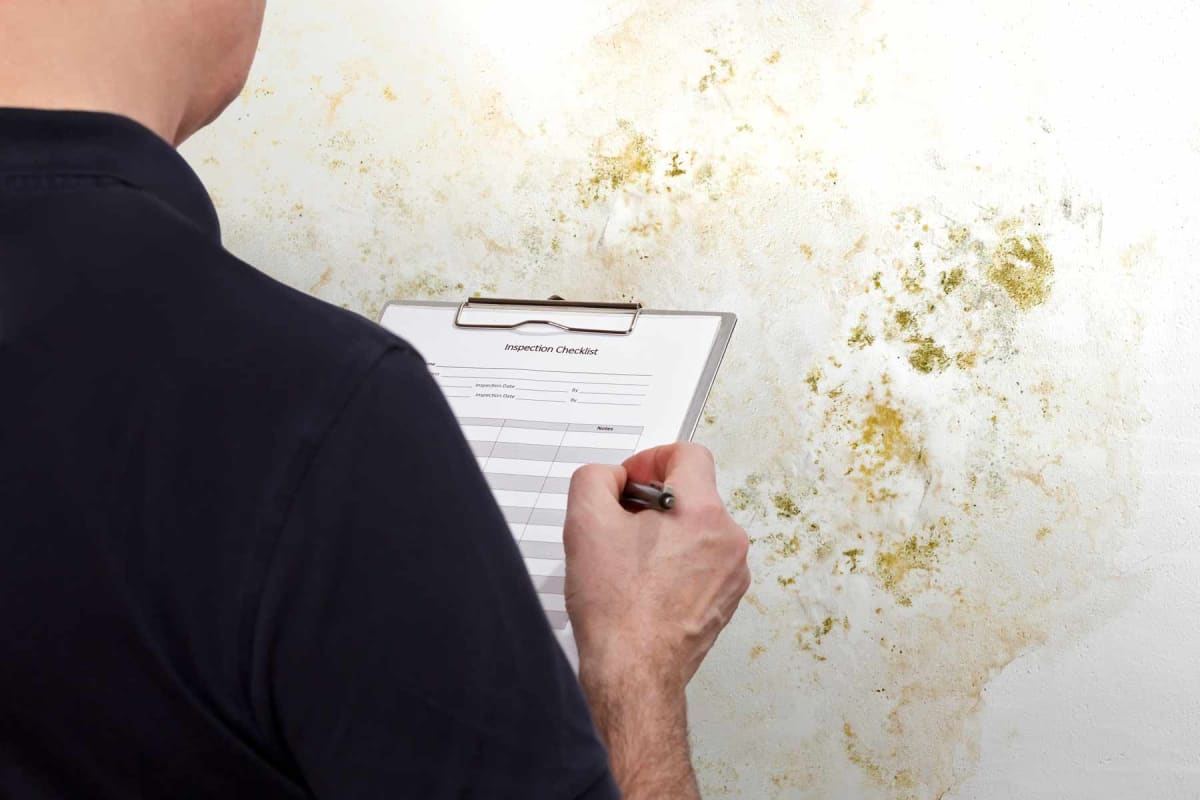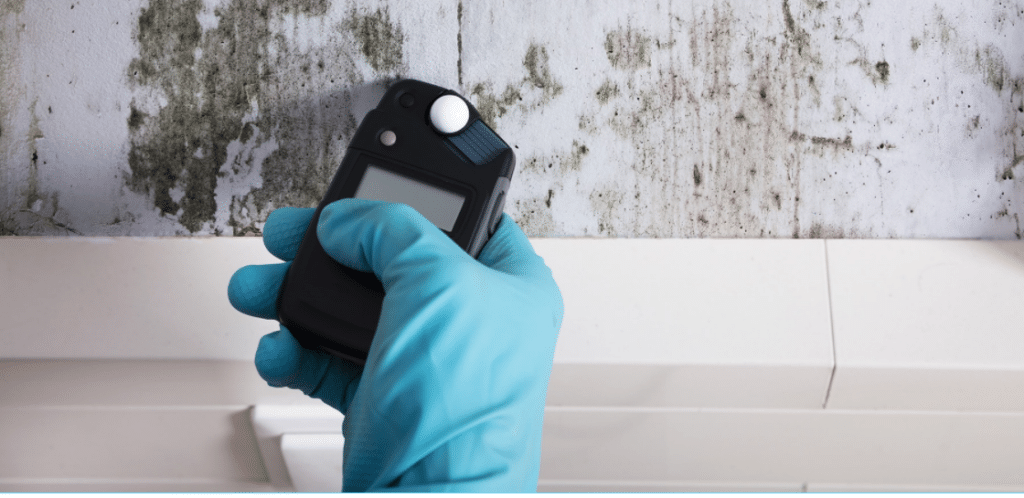Effective Post Mold Removal Solutions for Your Home
Mold growth in homes can be a relentless problem, usually requiring an organized strategy for efficient post-remediation remedies. From comprehending the factors that add to mold growth to executing proper cleansing methods and moisture control measures, the process can be elaborate yet critical for keeping a healthy living atmosphere. Additionally, checking out natural remediation remedies and developing a regular for ongoing maintenance are vital parts of an extensive mold and mildew removal strategy. As home owners aim to attend to mold worries, locating the most effective remedies ends up being extremely important for the health of their homes.
Understanding Mold Growth Elements
Mold and mildew development is affected by a selection of factors that are important to comprehend in order to efficiently deal with and prevent its spreading. Understanding these factors is vital in implementing effective mold and mildew remediation strategies. The key variable contributing to mold and mildew growth is moisture. Mold and mildew spores require moisture to thrive and sprout, making damp or wet environments highly at risk to mold invasions. Poor ventilation can additionally cause moisture build-up, creating an excellent breeding place for mold.

Furthermore, air flow and light exposure can impact mold growth. Areas that lack correct ventilation and all-natural light are more susceptible to mold and mildew development. By addressing these variables adequately, individuals can properly alleviate mold development and protect their living environments.
Correct Mold And Mildew Cleaning Methods
Utilizing reliable cleansing methods is important in protecting against the reoccurrence and dealing with of mold and mildew contamination in interior environments. The very first step in correct mold cleansing is to have the affected location to prevent the spread of spores to uncontaminated locations.

Applying Moisture Control Actions
To efficiently prevent mold growth and contamination in interior environments, carrying out wetness control procedures is paramount. Additionally, guaranteeing appropriate ventilation in areas prone to moisture accumulation, such as kitchen areas and washrooms, can assist lower the danger of mold growth. By vigilantly implementing these dampness control procedures, property owners can successfully decrease the chance of mold and mildew recontamination and maintain a healthy and balanced interior environment.
Using Natural Remediation Solutions
After successfully implementing moisture control actions to stop mold and mildew development in interior atmospheres, home owners can currently check out the efficiency of natural removal solutions in maintaining a healthy and balanced space. Natural removal remedies utilize environmentally friendly methods to battle mold and mildew and mold, making them a popular choice for those looking for non-toxic options. One such solution is making use of vinegar, a natural antimicrobial representative, to clean and disinfect surface areas contaminated by mold. Merely thin down vinegar with water and spray it onto the influenced areas, enabling it to sit for a couple of hours prior to wiping clean. Furthermore, tea tree oil, Post Mold Remediation understood for its antifungal homes, can be combined with water and splashed onto mold-infested surface areas to prevent additional development. Another natural alternative is hydrogen peroxide, which can effectively eliminate mold and mildew on different surfaces without leaving dangerous residues behind. By integrating these natural remediation remedies right into their cleansing routines, house owners can properly fight mold development while promoting a healthier indoor setting for themselves and their families.

Preserving a Mold-Free Environment
In order to stop mold reoccurrence and ensure a continually mold-free environment, it is necessary for homeowners to execute positive upkeep techniques. On a regular basis examining areas prone to mold and mildew growth, such as shower rooms, attics, kitchens, and basements, is critical. Addressing any kind of leaks, water damages, or excess wetness immediately can significantly reduce the threat of mold development. Post remediation mold testing near me. Correct ventilation in locations with high humidity degrees is also vital to stop mold and mildew growth. Using dehumidifiers or exhaust fans can aid preserve optimum dampness degrees and prevent mold spores from growing.
In addition, preserving sanitation in the home is crucial for mold prevention. Keeping interior plants in check and ensuring correct drain in outside landscape design can decrease wetness build-up, reducing the chance of mold and mildew infestations.
Verdict
In conclusion, it is necessary to attend to mold and mildew development aspects, utilize correct cleansing strategies, implement dampness control procedures, use natural removal services, and keep a mold-free setting in order to efficiently handle blog post mold and mildew remediation in your home - Post Mold remediation cleaning. By following these approaches, you can avoid mold and mildew from recurring and ensure a healthy and balanced living atmosphere for you and your household
The primary element contributing to mold and mildew development is dampness. Mold and mildew spores call for moisture to germinate and grow, making moist or humid settings highly vulnerable to mold invasions.To properly avoid mold and mildew growth and contamination in interior environments, applying wetness control actions is critical. Furthermore, making certain correct ventilation in areas susceptible to moisture buildup, such as restrooms and cooking areas, can aid reduce the risk of mold and mildew development.After effectively carrying out wetness control procedures to stop mold development in indoor atmospheres, homeowners can currently discover the performance of all-natural removal options in maintaining a healthy and balanced living area.